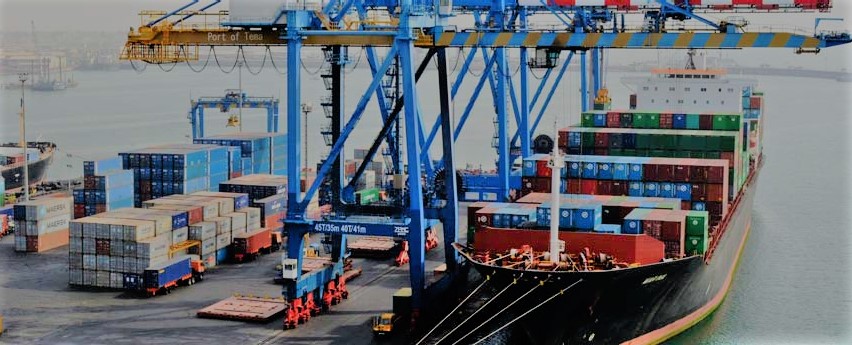Shipping companies across the country have threatened to increase charges for their services unless the government reconsiders its latest increment on some charges on them
The development follows the announcement by the GMA to increase safety charges on the Shipping lines from the current 15 cents to 50 cents beginning October 1st, 2017.
The Shipping dealers argue that the over 200% rise in government’s charges will bring an additional burden on their already high cost of operations.
Speaking to the media - Vice President of the Ship Owners and Agents Association, Ayana Adam Imoro, said they will adjust their prices upwards to reflect the rise in fees.
On how much customers should expect as a new service charge, Mr Imoro said he “wouldn’t be able to give a specific figure because all the players are independent companies and everything of theirs is different [but he is] sure everybody is going to look at the cost and come up with something [and that he is] very confident of the price hikes because whichever way the shipping line will have to recoup their cost, either some or allâ€.
Responding to the threat by the Shipping lines - the new Director General of the Ghana Maritime Authority, Kwame Owusu described both the move to increase customer charges as well as the 15 cents safety charge currently paid to government as illegal.
“Fifteen cents out of one dollar, that’s illegal. Illegitimately, they have operated on that and fed on that, cheating the Ghana government over a period. They have been operating on this price since 2012 so I have not increased it since I cameâ€, he said.
The maritime regulations passed in 2012 mandates the Ghana Maritime Authority (GMA) to impose safety charges on installations, ships, pipelines, cables and other assets employed in the maritime sector.





